New Scientist covers the latest developments in science and technology that will impact your world. New Scientist employs and commissions the best writers in their fields from all over the world. Our editorial team provide cutting-edge news, award-winning features and reports, written in concise and clear language that puts discoveries and advances in the context of everyday life today and in the future.
Shaking the family tree • The idea that Denisovans were their own species means a rethink of our origins
New Scientist
The ancient city under the sea
An unlikely boost for nuclear fusion • By revising the discredited idea of “cold fusion” from the 1980s, a new experiment may aid efforts to achieve practical fusion power, finds Alex Wilkins
Lacing food with fat-trapping microbeads could help us lose weight
Lighter-coloured cars could mean cooler city streets
The brain doesn’t actually reorganise itself after a limb amputation
Ceres may once have had the conditions to sustain life
How to tackle environmental issues when the world can’t agree • The requirement for unanimity hampers talks on plastic pollution and climate change – there are better ways to make progress, says Madeleine Cuff
Lesser-known food allergens pose a big risk
First steps towards a secure quantum internet
Is Planet Y hiding past Neptune? • An Earth-sized object, distinct from the hypothesised Planet Nine, might lurk in the outer solar system
Super-cool cement could stop buildings trapping heat inside
Earth’s carbon sinks are waning due to climate feedback loops
Uranus’s newest moon could be the first of many more
A bespoke treatment for depression • An implanted device, likened to a pacemaker, selectively targets different areas of the brain
Flower-like origami patterns unfold in one smooth motion
A new way to measure electricity • What previously required two separate quantum devices could now be done with one
Artificial superfood for bees boosts colony reproduction
Arctic heat causes huge Svalbard ice loss
Covid-19 may make women’s arteries stiffer
Rare weather pattern may explain why 2023 was so hot
Radio-wave treatment passes the smell test
AI model can predict solar flares • Knowing the sun’s future appearance may alert us to impending space storms
The tiny secrets behind chocolate’s finest flavours
Faking it • Why do we love fake lips, but hate fake meat? This inconsistent attitude has implications for sustainability, says Sophie Attwood
Future Chronicles • Seeing further By the 2070s, advances meant an optical telescope with an effective mirror size of 3000 km could be built on the moon. Rowan Hooper investigates
Up in the air
The ultimate takeover • Why did Christianity grow from an eastern Mediterranean sect to a religion followed by billions? Michael Marshall explores Alice Roberts’s latest book
Compounding factors • The history of carbon dioxide’s role in life on Earth combined with a call to climate action makes for compelling reading, finds Chris Stokel-Walker
New Scientist recommends
Love letters from Earth • Clues to our planet’s dramatic past are in the layers of rocks we might overlook. A great guide shows why they deserve our attention, says James Dinneen
Your letters
Welcome to the family • Could Denisovans, rather than Neanderthals, be our closest ancient relatives? Colin Barras looks at what this would mean for our family tree
Shaking the tree
Talk to me! • With the help of artificial intelligence, we are edging closer to deciphering animals’ speech. But who will we speak to first, asks Chris Simms
Rehabilitating cancer • Instead...

 Jan 10 2026
Jan 10 2026
 Jan 03 2026
Jan 03 2026
 Dec 27 2025
Dec 27 2025
 13-26 December 2025
13-26 December 2025
 Dec 06 2025
Dec 06 2025
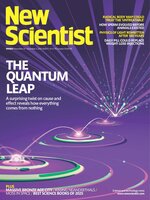 Nov 29 2025
Nov 29 2025
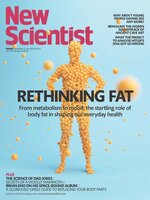 Nov 22 2025
Nov 22 2025
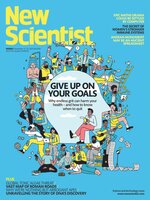 Nov 15 2025
Nov 15 2025
 Nov 08 2025
Nov 08 2025
 Nov 01 2025
Nov 01 2025
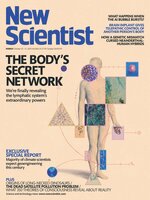 Oct 25 2025
Oct 25 2025
 Oct 18 2025
Oct 18 2025
 Oct 11 2025
Oct 11 2025
 Oct 04 2025
Oct 04 2025
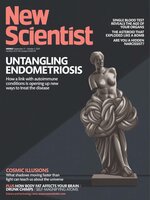 Sep 27 2025
Sep 27 2025
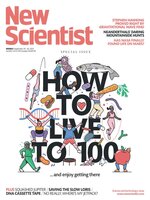 Sep 20 2025
Sep 20 2025
 Sep 13 2025
Sep 13 2025
 Sep 06 2025
Sep 06 2025
 Aug 30 2025
Aug 30 2025
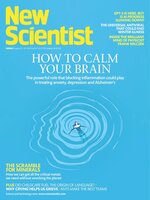 Aug 23 2025
Aug 23 2025
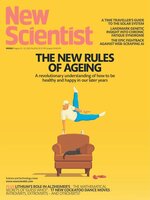 Aug 16 2025
Aug 16 2025
 Aug 09 2025
Aug 09 2025
 Aug 02 2025
Aug 02 2025
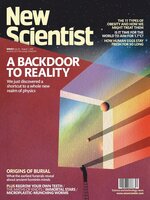 Jul 26 2025
Jul 26 2025